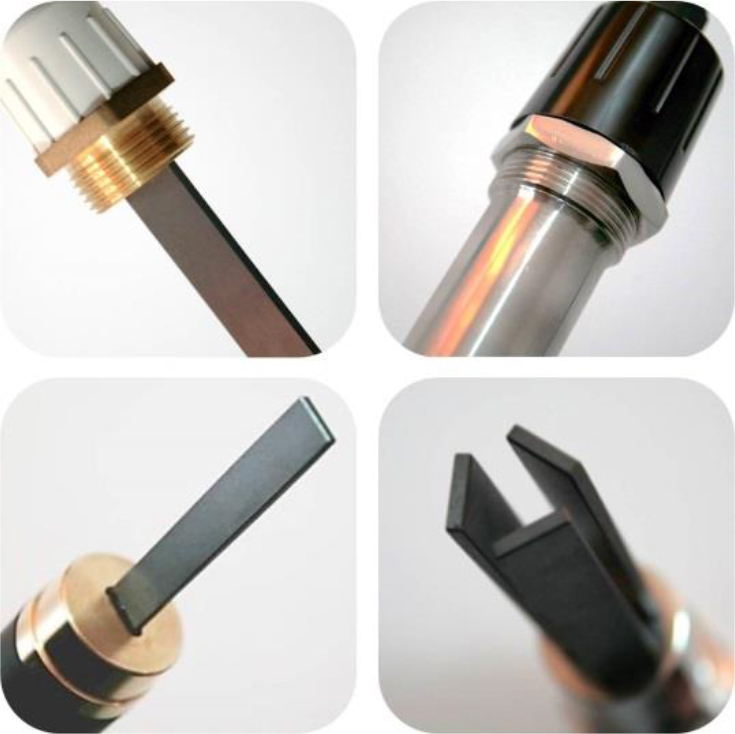Where can wood pellet igniters be used?
2025-04-27
Wood pellet igniters are a modern and efficient heat supply device. Their core function is to quickly generate heat energy by burning wood biomass pellets. They are widely used in a variety of scenarios. In the field of home heating, wood pellet igniters are often used in combination with fireplaces or central heating systems. Their automatic control function can accurately adjust the temperature and achieve 24-hour continuous heating, which is especially suitable for single-family houses or villas in cold areas.
Compared with traditional coal-fired or natural gas equipment, wood pellet fuel is easy to store and has a combustion efficiency of more than 85%, effectively reducing energy waste. In industrial scenarios, such equipment is often used in steam boiler systems in food processing, textile printing and dyeing and other industries. Its fast ignition characteristics can shorten the production start-up time, and the ash content of wood pellets after combustion is only 1%-3%, which greatly reduces the frequency of boiler cleaning.
In agricultural production, greenhouses provide crops with a stable heat source by installing pellet igniters. The heating intensity can be automatically adjusted according to the temperature and humidity sensors, and the use of straw pellet fuel can form a closed-loop model for the recycling of agricultural waste. Commercial places such as swimming pools and gyms use their smoke-free and environmentally friendly characteristics to build centralized heating systems to avoid air pollution problems that may be caused by traditional fuels.
As a renewable resource, wood pellets are mostly made from wood processing waste or fast-growing forest planting. The carbon dioxide produced by combustion can be reabsorbed by plant photosynthesis to form a carbon neutral cycle. This characteristic makes wood pellet igniters play an important role in energy transformation.
As countries tighten their control over carbon emissions, this equipment has gradually upgraded from auxiliary heating equipment to a core component of the regional energy supply system. Its application scope is expanding from the European and American markets to emerging regions such as Asia and Africa, becoming one of the key technologies to promote the popularization of clean energy.



